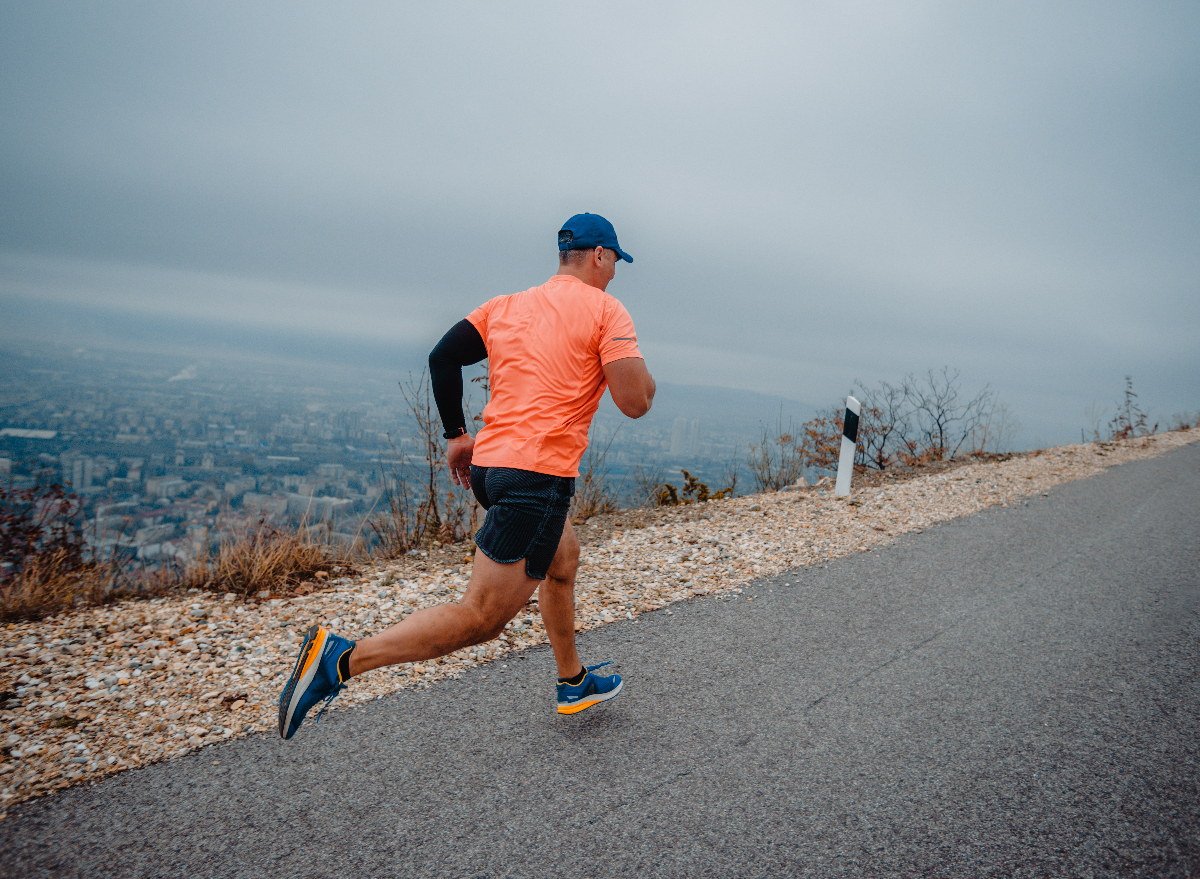Running Workout Techniques: Strategies to Boost Endurance and Rate
Running Workout Techniques: Strategies to Boost Endurance and Rate
Blog Article
Managing Typical Running Pains: Reasons, Solutions, and Prevention
As runners, we often experience various pains that can prevent our efficiency and satisfaction of this physical activity. By discovering the origin reasons for these operating pains, we can uncover targeted remedies and preventive steps to make certain a smoother and more satisfying running experience.
Typical Running Discomfort: Shin Splints
Shin splints, a common running pain, usually result from overuse or improper footwear throughout physical task. The recurring stress and anxiety on the shinbone and the tissues affixing the muscle mass to the bone leads to inflammation and discomfort.
To stop shin splints, people should gradually raise the strength of their exercises, put on ideal footwear with appropriate arch support, and maintain versatility and toughness in the muscle mass surrounding the shin. If shin splints do occur, initial therapy entails rest, ice, compression, and elevation (RICE) Additionally, integrating low-impact tasks like swimming or biking can aid maintain cardio physical fitness while allowing the shins to recover. Consistent or serious cases may call for clinical analysis and physical treatment for efficient monitoring.
Common Running Pain: IT Band Syndrome
Along with shin splints, another common running discomfort that professional athletes usually experience is IT Band Syndrome, a problem brought on by inflammation of the iliotibial band that runs along the external upper leg and knee. IT Band Syndrome normally manifests as pain outside of the knee, specifically during activities like running or cycling. The iliotibial band is a thick band of fascia that connects the aware of the shin, and when it comes to be irritated or tight, it can massage against the upper leg bone, bring about discomfort and discomfort.
Runners experiencing IT Band Syndrome might notice a stinging or hurting sensation on the outer knee, which can aggravate with ongoing activity. Variables such as overuse, muscle discrepancies, incorrect running form, or insufficient workout can add to the development of this problem.
Typical Running Discomfort: Plantar Fasciitis
:max_bytes(150000):strip_icc()/effective-30-minute-running-workouts-2911891-0927-70272e09ac83449cadb9f1ce51656c0c.jpg)
Plantar Fasciitis can be credited to numerous aspects such as overtraining, inappropriate footwear, working on tough surface areas, or having high arches or flat feet. To protect against and alleviate Plantar Fasciitis, runners can include extending exercises for the calf bones and plantar fascia, wear helpful shoes, maintain a healthy weight to lower pressure on the feet, and slowly increase running strength to stay clear of unexpected stress on the plantar fascia. If signs continue, it is suggested to speak with a medical care professional for correct diagnosis and therapy options to attend to the problem successfully.
Common Running Discomfort: Jogger's Knee
After dealing with the challenges of Plantar Fasciitis, an additional prevalent problem that runners commonly face is Jogger's Knee, an usual running discomfort that can prevent sports performance and cause pain throughout physical activity. Jogger's Knee, also known as patellofemoral pain syndrome, manifests as discomfort around or behind the kneecap. Joggers experiencing this discomfort might really feel a plain, aching discomfort while running, going up or down stairs, or after extended periods of resting.
Common Running Pain: Achilles Tendonitis
Commonly affecting blog joggers, Achilles Tendonitis is an uncomfortable problem that affects the Achilles ligament, triggering discomfort and prospective restrictions in exercise. The Achilles tendon is a thick band of cells that links the calf bone muscle mass to the heel bone, important for activities like running, jumping, and strolling - i thought about this. Achilles Tendonitis frequently creates because of overuse, inappropriate footwear, inadequate stretching, or sudden increases in physical activity
Signs of Achilles Tendonitis consist of discomfort and tightness along the ligament, specifically in the morning or after durations of lack of exercise, swelling that gets worse with task, and possibly bone stimulates in chronic situations. To stop Achilles Tendonitis, it is necessary to extend properly before and after running, wear ideal footwear with proper assistance, gradually increase the intensity of exercise, and cross-train to decrease recurring tension on the tendon. Therapy may include remainder, ice, compression, elevation (RICE protocol), physical treatment, orthotics, and in extreme situations, surgery. Early intervention and proper treatment are vital for taking care of Achilles Tendonitis effectively and preventing long-lasting issues.
Final Thought

Report this page